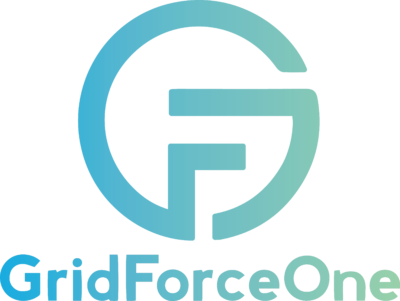The risk management process is a logical framework that reveals a course of action regarding the mitigation of risk. This process is out in place to reduce the impact of risk on the business. Some risks are avoidable, while others are inevitable. Risk Management is basically designed to address the inevitable risk that may occur offsite and especially onsite.
There are critical steps to be taken in the risk management process. Here are some key steps to better managing risk.
1st Step – Identify the risk
The first step is to identify the potential risk to the business before they occur. Utility contractors deal with a lot of risks, which is why many have work insurance cover for their staff: fire outbreaks, accidents occurring from tools mishandling, structural collapse. You name it, it can probably happen. Some are external in nature, such as market risk, business uncertainty, etc. If there is a risk management plan in place, all the potential risks that the business may encounter will be inserted into the plan. Having all the information in the plan will keep everyone abreast of the potential of being exposed to them one way or another. Risk identification is the first step in the risk management process.
2nd Step- Risk Analysis
This step involves ranking the risks according to their degree of seriousness. Or ranking them on the basis of how they will affect the organization should they occur. To do this, a relationship has to be established between the risk and the root factors that may cause them. Analyzing risk severity is very important since all risks do not affect organizations in the same way. Some have more impact than others. The difference should be documented for reference purposes.
3rd Step – Map out solutions
After identifying and analyzing all risks, a solution should be mapped out to contain them as well and as quickly as possible. To prepare a solution, two parties are involved. Risk prevention experts and the employees who are most exposed to the risk. Having a forum to discuss the risk is a start. Then experts should brainstorm and come up with recommendations that work for all parties involved. In addition to this, there has to be an effective early warning system for risks that are periodical or seasonal. Warning staff ahead of time will help them to make adjustments in advance.
4th Step – Review the Plan
Risk monitoring should be done for risk that is ever-present or constant. For seasonal risks, a periodic evaluation of the risk management process should be put in place. The plan review should not be done in isolation. Rather it should cover the entire organization. Furthermore, a communication pipeline should be open to stakeholders to communicate their findings and experiences in the workplace as they deal with the risk. Receiving regular feedback from staff will help reviewers to make corrections so as to improve the system.
Managing risk entails identifying the risks and understanding their effects. Knowing who is the most vulnerable to the risk is also important. When drawing up a risk management plan, communication is key since exposed persons provide more valid information to improve the management process. No risk management plan should be cast in iron. Rather plans should be reviewed and updated in light of new revelations and changes in the workplace.
Is there anything you would add or change on this list? Let us know in the comments section below!



